
The Two Roads of Succession: Built to List or Build to Last
As with any good road trip that you are planning, there is wisdom in always “starting with why.” And when embarking on the journey of succession planning, the very same holds true:
Why?
Let’s start with the stats: According to the Small Business Administration, 50% of small business owners are 50 years of age or older. That means that 28 million small business owners are quickly approaching the decision of business transition planning.
In addition, according to CNBC and the Financial Planning Association, 78% of the business owners plan to sell their business to help fund their retirement, yet fewer than 30% have a succession plan in place. These statistics are staggering and should be a wake-up call to many in the green industry.
With this jumping off point, let’s take a trip on the two roads of succession planning — Built to Last or Built to List.
Two Choices
On the Built to Last road, we find a few options to consider. One is the next generation of the family who may be interested in continuing the legacy and leadership to keep building the company to last. The family dynamic is one that is a natural fit and a logical choice. It is also one that finds many unique bumps in the road of succession planning.
But are the family members qualified to take the helm?
Last names don’t matter when it comes to the financial success, continued employment of team, industry relationships, and reputation of the business built by the generations that have come before the NextGen. If those ingredients are missing, then the answer may very well be “no.”
The aftermath of this can include: high employee turnover, customer exodus, poor financial decisions, lack of strategy and, ultimately, the demise of the business.
The road of family businesses that have made this poor choice is littered with bankruptcies and the brutal truth that the family wasn’t the best choice for the business to be “built to last.”
But if the answer is “yes” …
A strong family rooted in success, transparency, forward thinking, and financial and emotional intelligence is a superb choice to take the business into the next decade or two — or even three or more. Succession planning is just one part of the overall strategic plan for any great business model.
A Five-Year Transition
A client in Bermuda made the decision that the son would be taking the helm over a five-year period, and the employees, vendors, community and customers were all made aware well in advance of this transition. The father was a rooted community icon and was hesitant to “let go” of the tiller.
The analogy we used was two trees side by side. The son’s tree can’t grow in the shade of the father, and we don’t want to just to cut the tree down, so let’s make a five-year pruning strategy and remove large branches every year over the next five years.
Year one branch was financials.
Year two branch was large account engagement.
Year three was vendor relationships and purchasing.
Year four was technology advancements and improvements.
Year five was one deeply rooted tree standing without branches — and a wonderful tree that had “grown up” over five years.
Each year was also wrapped in team building, leadership development, sales and operational excellence, metrics, measurements, and determining what success looked like over the next 10 years — a true success story of both strategy and succession all in one.
Employee Stock Ownership
Another option in a family business is leveraging the existing bench of employees to carry the company into the future — an ESOP (Employee Stock Ownership Plan). This is beneficial to both owners and employees and allows the owners to retain control of business decisions and operations while protecting the employment of valued workers. Check with your financial planner and attorney for more detailed information regarding this option of “built to last.”
When asked “What is the single most important aspect you are focusing on when it comes to succession and transition?” Alan Jones, owner of Manor View Farm in Monkton, Maryland, said, “Selecting the most suitable people to take over, manage and develop the business.”
Alan was also asked for his best advice for those who are contemplating a similar journey. He responded, “Start the process earlier than you had thought necessary — it takes a lot longer than you expect. Plan for how the financial implications (for both seller and buyer) of any succession plan will be structured. Also plan for the inevitable!”
Getting the right people in the right seats on the bus is vital to having any business on the journey of succession/ transition planning arrive safely at the destination with the least number of detours, dead ends or disasters.
So, whether you choose your NextGen family members, employees or an ESOP, your option of “Built to Last” is one centered on legacy, longevity, and long-term planning.
Common Considerations
On the Built to List road, there are a fair amount of parallel efforts to consider as the Built to Last model — value building, staff development, clarity in financial reporting, inventory management, technology enhancements, capital improvements, debt reduction, etc.
In this model, there are many reasons for the decision to sell — quality of life, the harsh reality that no employees are in a position to buy, a financial hardship, no interested family members to shepherd the business into the future, an unforeseen life event, or someone was kind enough to stop by and ask “are you interested in selling your business?”
The acquisition market in the green industry has never been better and there are a few regional and national brands that are looking to expand their footprint into existing or emerging markets.
There has never been a better time to sell!
Time to Sell
Rockledge Gardens in Rockledge, Florida, find themselves with the perfect opportunity to find the right caretaker for their beautiful location along the emerging market of the Space Coast of Florida.
While the family members and spouses continue to be engaged in bringing their passion, energy and insights to the existing business, and the realization that they will not be engaged in the long-term future of the business, owners Theresa and Kevin Riley have determined it’s time to participate in the “Built to List” model.
Enhancing and upgrading their farmer’s market, adding an event and weddings space, improving and upgrading the physical elements of the garden center, updating technology/POS and investing in staff retention and development are just a few of the many milestones they have met along their three-year journey of strategic and succession planning.
The program was titled “To Love it or List it.” The family invested time, talent and love into their 60-year, second-generation business without knowing if it would be built to last or built to list. The efforts and the outcomes over the last few years have afforded them to make that very choice this year — Built to List.
When asked what they’ve found as the biggest challenge on this journey, Theresa answered, “Balancing the message. When to tell, who to tell and what to tell.”
When asked the most important outcomes of listing your family business, Kevin replied, “Preserving the family relationships along with the legacy and history of Rockledge Gardens.”
With the journey of “Built to Last” or “Built to List,” the GPS to get there may show similar roads to consider. Each road would include improving of your people, processes, technology and financial health.
Each road and route will have its very own bumps along the way, as well and the destinations may change along the way. As a wise man once told me: “The bumps in the road are the road!”
Another very wise man, Robert Hayter of LKC Engineering, shared his perspective on ownership transition. “Many of us are tactical, operationally centric, running our small business from perspectives of optimism, short-term metrics, and self-benefitting decisions. Such human nature is myopic, because when we are being really honest with ourselves, we already think of our business as a possession and believe that, whatever happens, we are probably going to continue to be the victors.
“Advantages of ownership being what they are and our accomplishments over time are the measure of value. But ownership transition requires us to change perspective and seems to expose alternate values. There are many aspects of the business ownership transition kaleidoscope that informs our insights and intuitions about which way is best to transition our ownership.”
May your journey and your choice be the very best for you, your family, your community and your customers.


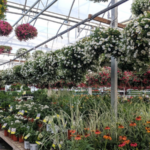



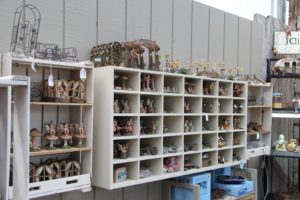
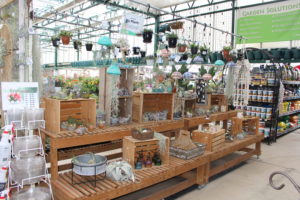
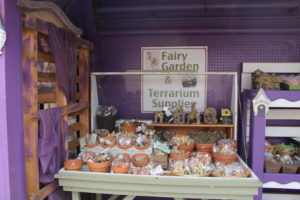
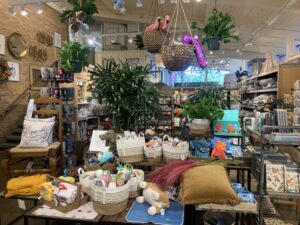
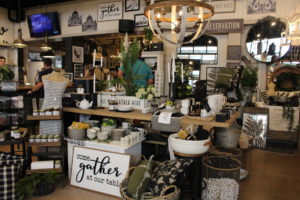
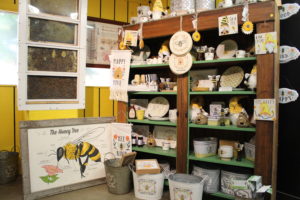

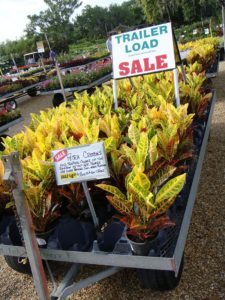
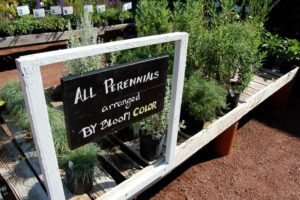
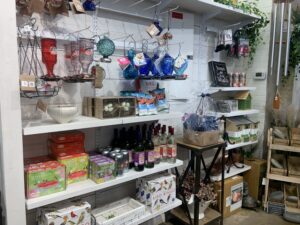
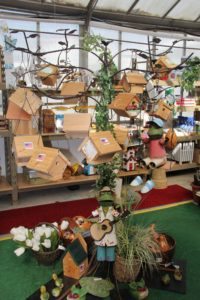
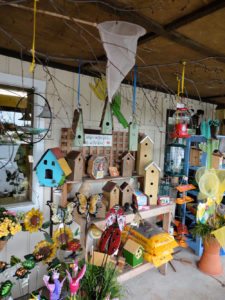
 Videos
Videos





